Qatar and the United Nations have announced the implementation of a new project to provide healthcare services to the most vulnerable groups and enhance reproductive health in three Yemeni governorates, with joint funding of nearly one million dollars.
The Qatar Red Crescent Society (QRCS) stated in a press release on Wednesday that its representative office in Yemen has launched a new health project. This project aims to provide comprehensive healthcare services to the most vulnerable groups and enhance access to maternal and newborn health services in several hospitals in the governorates of Hodeidah, Taiz, and Sana’a.
The statement added that the project, with a total cost of $926,700 jointly funded by the United Nations Population Fund (UNFPA) and QRCS, will focus on “remote areas where the health situation is alarming and raises concerns due to the lack of medical capabilities, the increasing number of displaced people, and the difficulty for most girls and women to access basic reproductive health services.” The project will target the districts of Ash Shamayatayn, Al Jarahi, Bani Al Harith, Manakhah, and Al Haymah Al Dakhliyah.
QRCS indicated that the project will support and improve the operational capacity of six medical facilities: Khalifa Al Amm and Al Wahdah hospitals in Taiz, Al-Jarahi Hospital in Hodeidah, Al Wahdah and Al Manar hospitals, and Bait Hanzal Medical Complex in the capital secretariat. The project will “work to meet the needs of these medical facilities for medical supplies and consumables, operational expenses, and financial incentives for medical and administrative staff for a year.”
It highlighted that the project has, heretofore, provided 38,741 free medical services as part of a strategic partnership with the United Nations Population Fund (UNFPA). This initiative aims to enhance reproductive health services in Yemen, strengthen the capacity of the healthcare system and local communities to withstand and achieve self-reliance in the face of one of the most complex humanitarian crises, as described by the United Nations. It follows a dual humanitarian approach combining immediate humanitarian interventions with long-term development planning.
Source: https://bit.ly/3zMmHlS

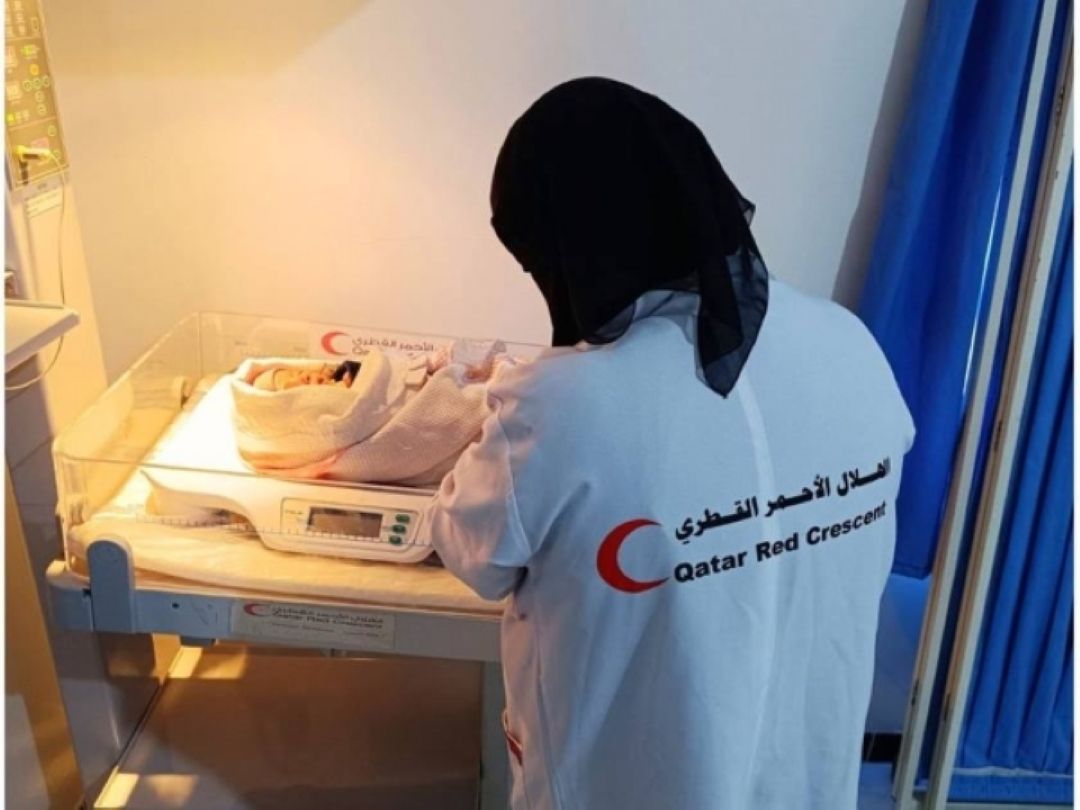
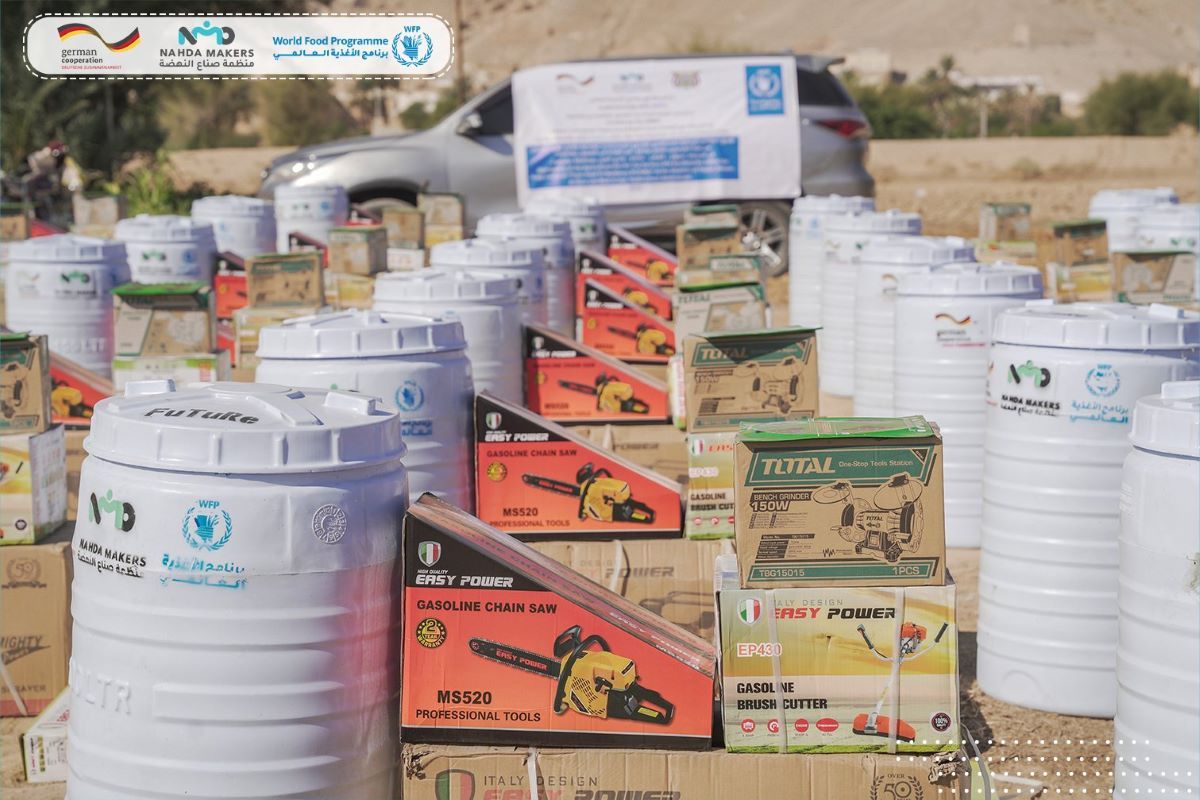

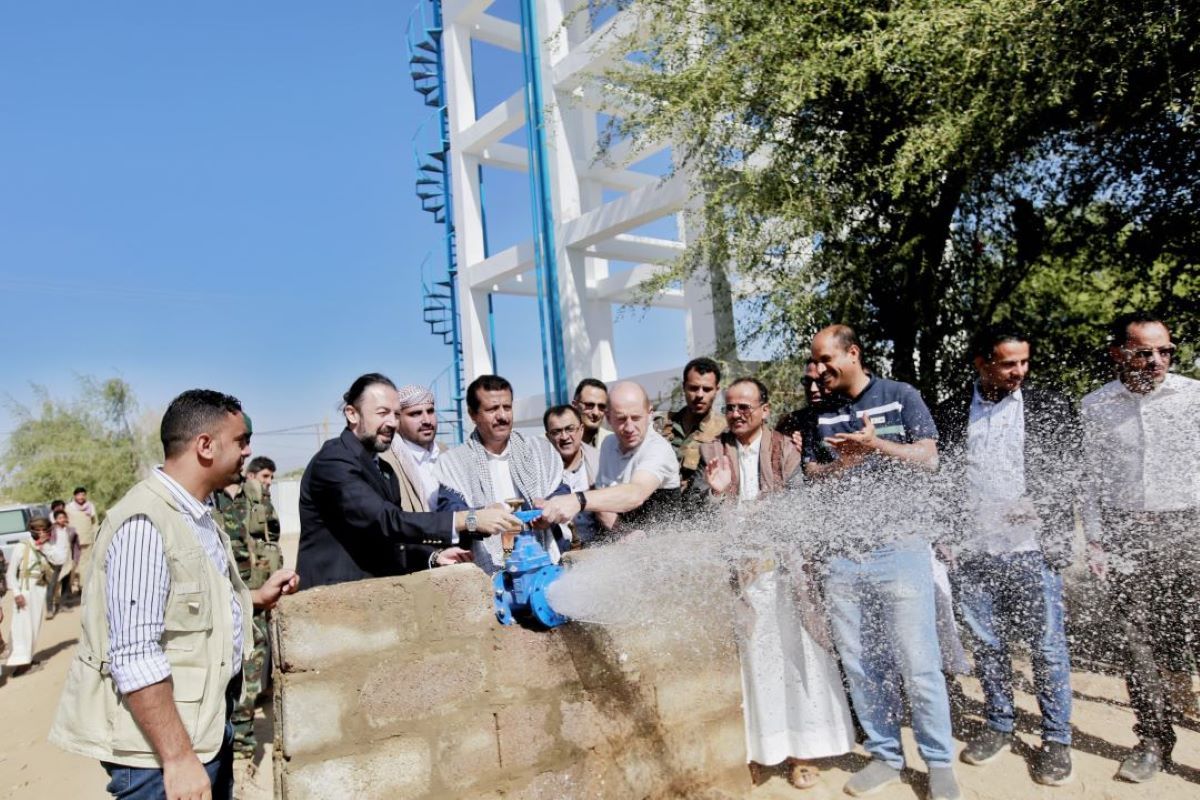
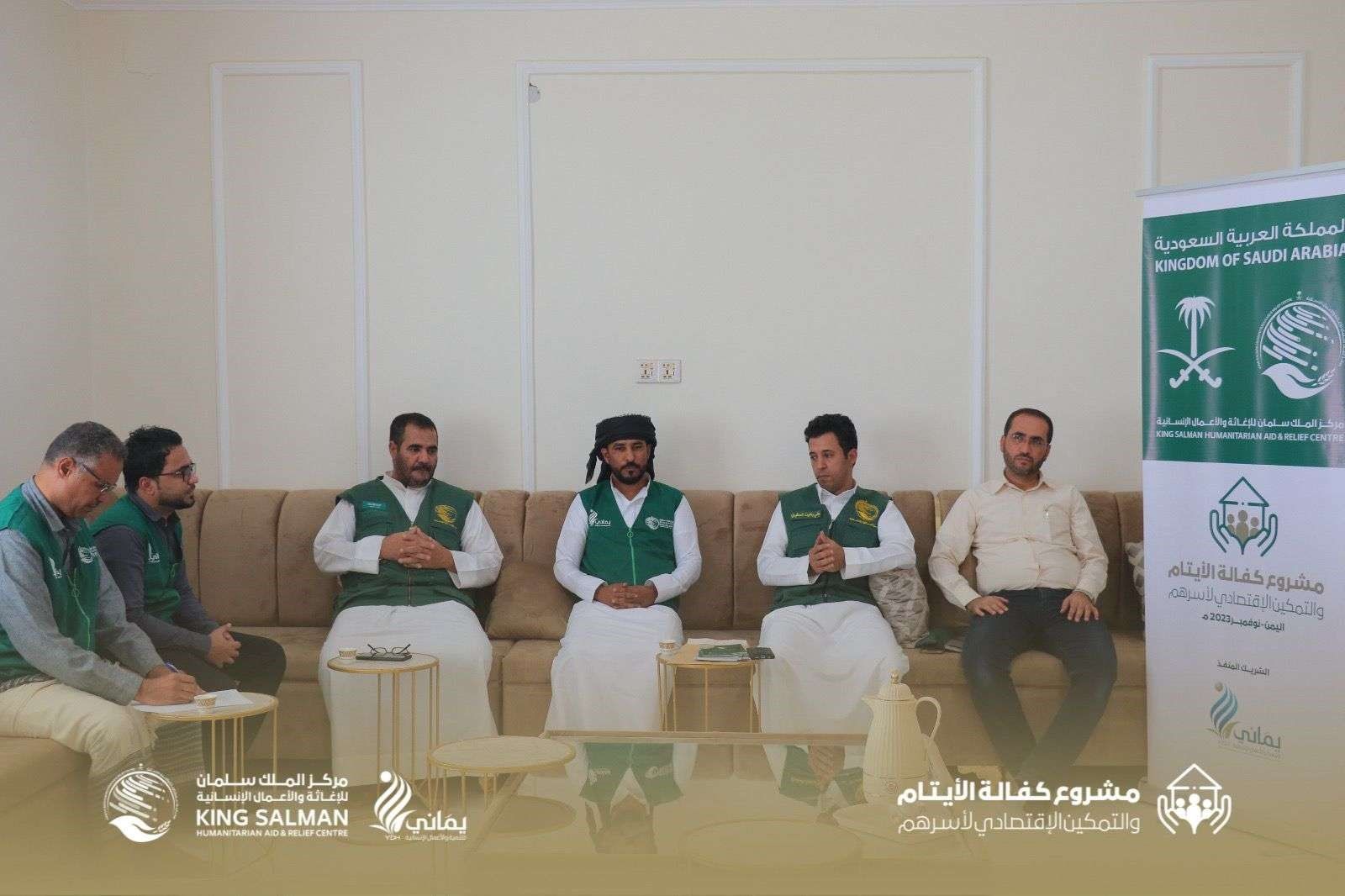
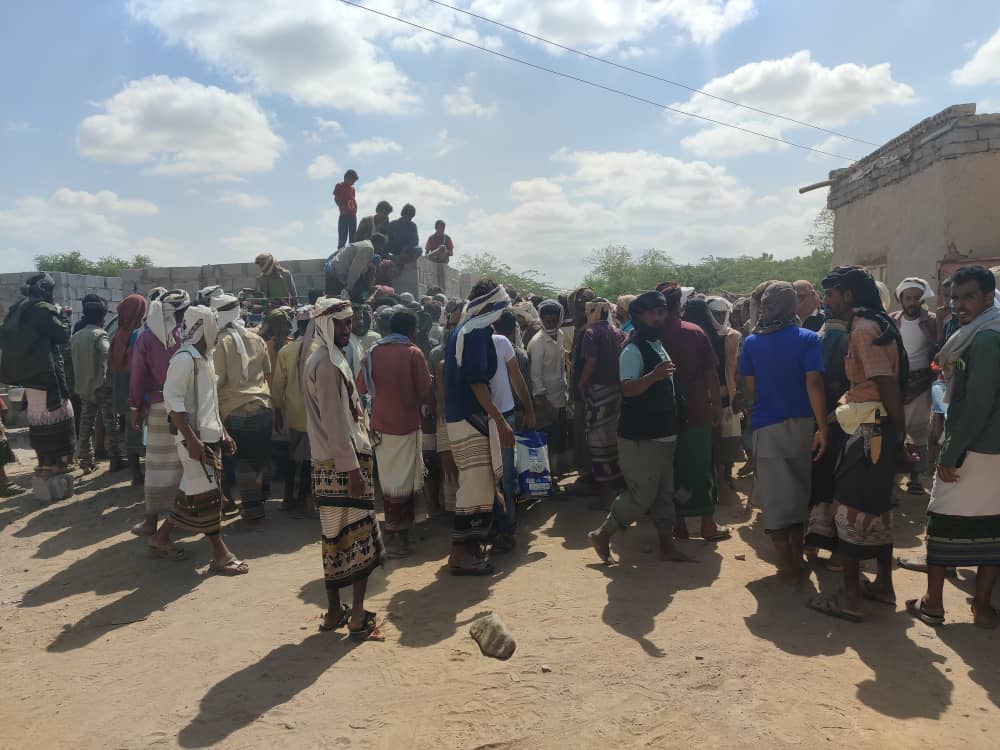
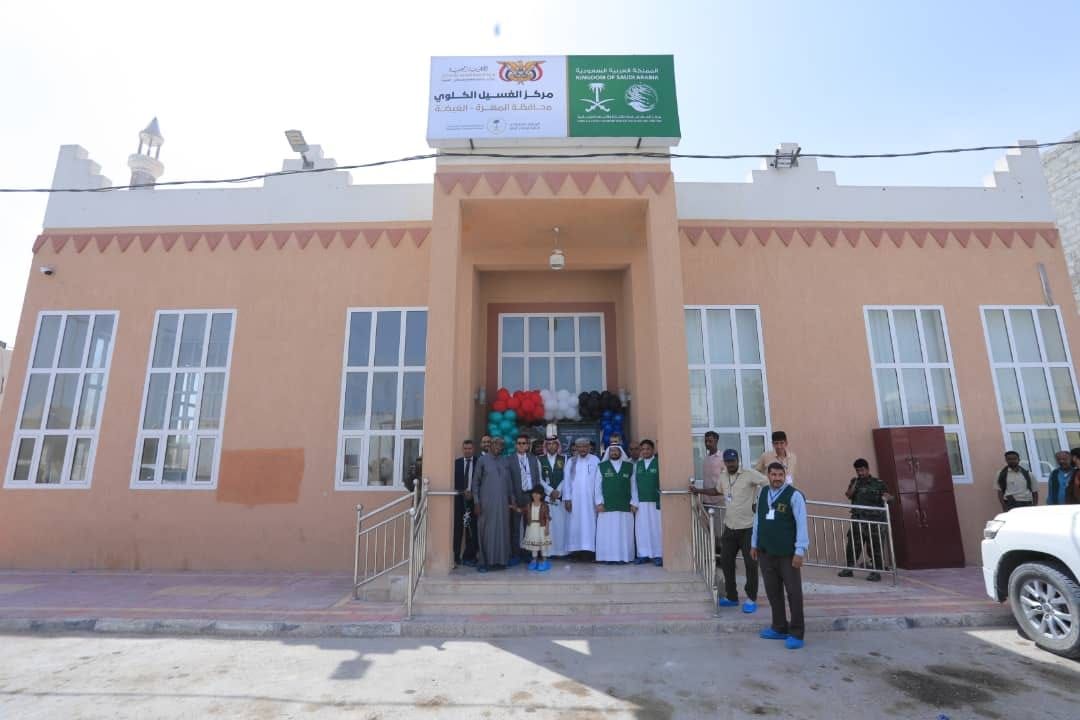

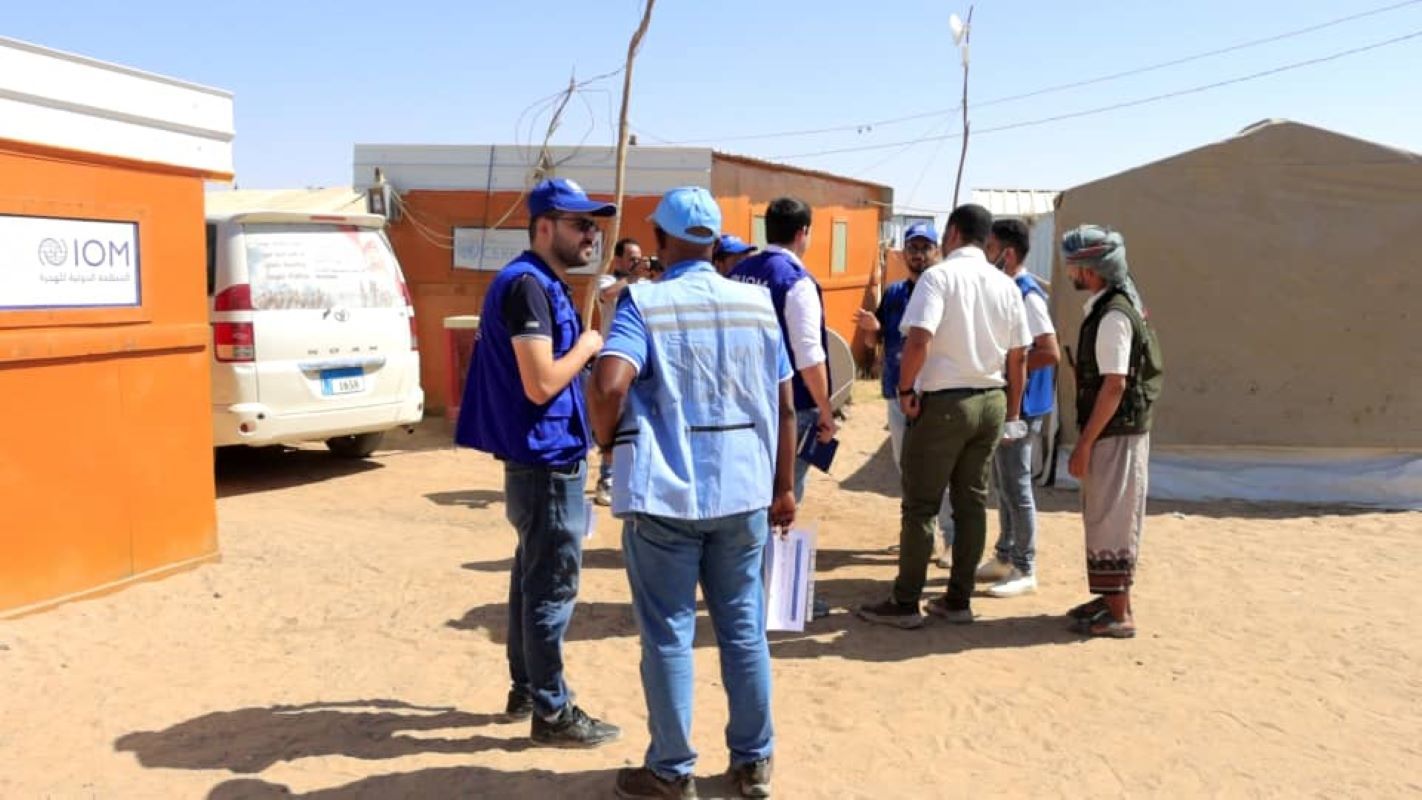


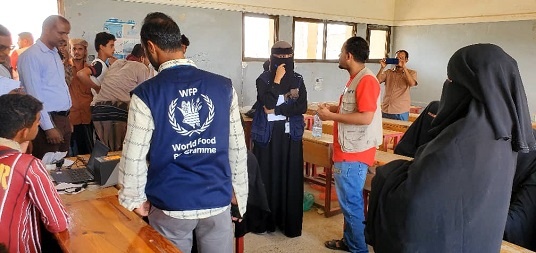
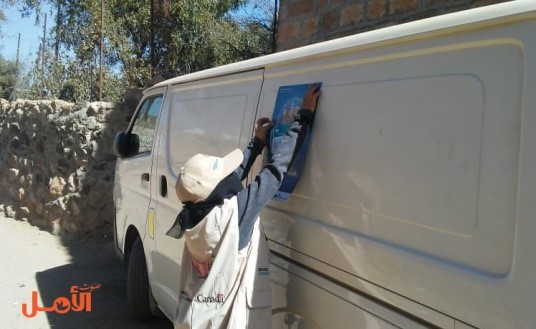
LEAVE A COMMENT